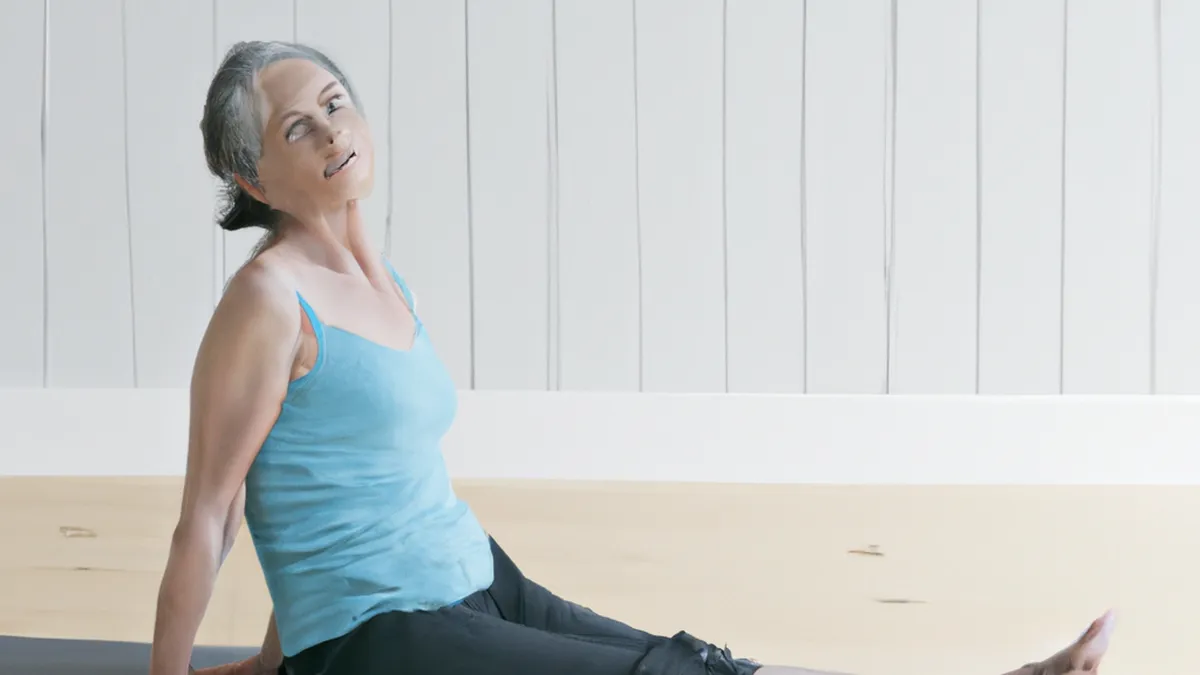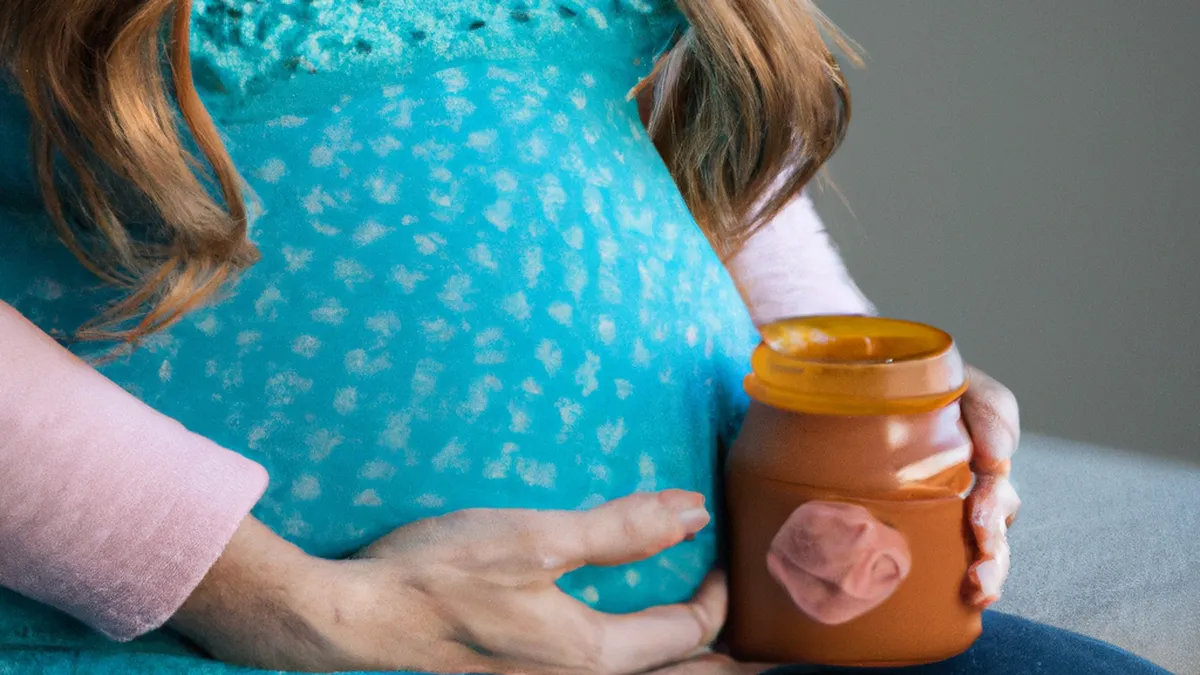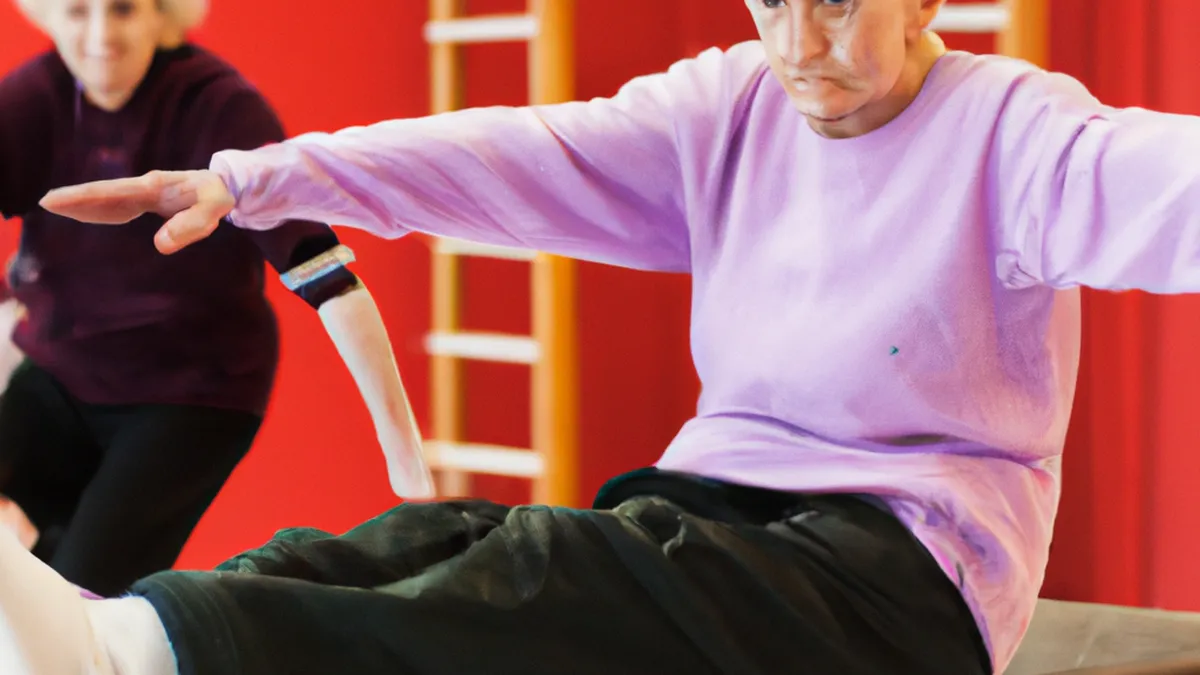Exercises to Keep Older Bodies Moving
Prehab Routines for Older AthletesOlder athletes experience changes that affect performance and increase injury risk. Dedicated athletes may still face setbacks without proper care. Prehabilitation, or prehab, routines help address these challenges. Prehab routines strengthen muscles, improve flexibility, and enhance performance. This article explores effective prehab routines for older athletes, highlighting key components, practical tips, and benefits.
Understanding Prehab
Prehab focuses on preventing injuries before they occur. Athletes engage in exercises targeting specific muscle groups and enhancing joint stability. Older athletes benefit significantly, as their bodies become more prone to injuries. By addressing weaknesses and imbalances proactively, athletes maintain activity levels and enjoy sports longer.
Key Components of a Prehab Routine
As an Amazon Associate I earn from qualifying purchases.
Gear tip: consider light resistance bands, chair yoga strap, and balance pad to support this topic.
Older athletes should emphasize key components in their prehab routines. Each part enhances performance and prevents injuries.
Mobility Work
Mobility work forms a foundation of any prehab routine. It includes dynamic stretching and joint exercises that increase range of motion. Dynamic stretches promote blood flow and muscle activation. Effective mobility exercises include:- **Arm Circles**: Stand with arms extended, making small circles forward and backward.- **Leg Swings**: Hold onto a stable surface, swing one leg forward and backward, then switch legs.- **Torso Twists**: Stand with feet shoulder-width apart and rotate your torso gently from side to side.Perform mobility work before workouts to prime muscles and joints.
Strength Training
Strength training builds muscle and stabilizes joints, crucial as muscle mass declines with age. Older athletes should focus on bodyweight exercises or resistance bands. Effective strength training exercises include:- **Bodyweight Squats**: Stand with feet shoulder-width apart. Lower your body as if sitting back into a chair, keeping knees behind toes.- **Lunges**: Step forward with one leg and lower your body until both knees form 90-degree angles.- **Push-Ups**: Perform traditional push-ups or modify them by doing knee push-ups.Aim for two to three strength training sessions per week, targeting all major muscle groups.
Flexibility Exercises
Flexibility maintains muscle elasticity and prevents injuries. As we age, muscles often tighten and lose flexibility.
Conclusion
Incorporating prehab routines helps older athletes enhance performance and reduce injury risk. Prioritize mobility work, strength training, and flexibility exercises for optimal results.
Below are related products based on this post:
FAQ
What is prehabilitation (prehab)?
Prehabilitation, or prehab, refers to routines designed to prevent injuries before they occur. It involves exercises that target specific muscle groups and enhance joint stability, which is particularly beneficial for older athletes who are more prone to injuries.
What are the key components of a prehab routine for older athletes?
The key components of a prehab routine for older athletes include mobility work, strength training, and flexibility exercises. Each component plays a vital role in enhancing performance and preventing injuries as athletes age.
How often should older athletes engage in strength training?
Older athletes should aim for two to three strength training sessions per week. These sessions should target all major muscle groups and can incorporate bodyweight exercises or resistance bands to build muscle and stabilize joints.















Post Comment